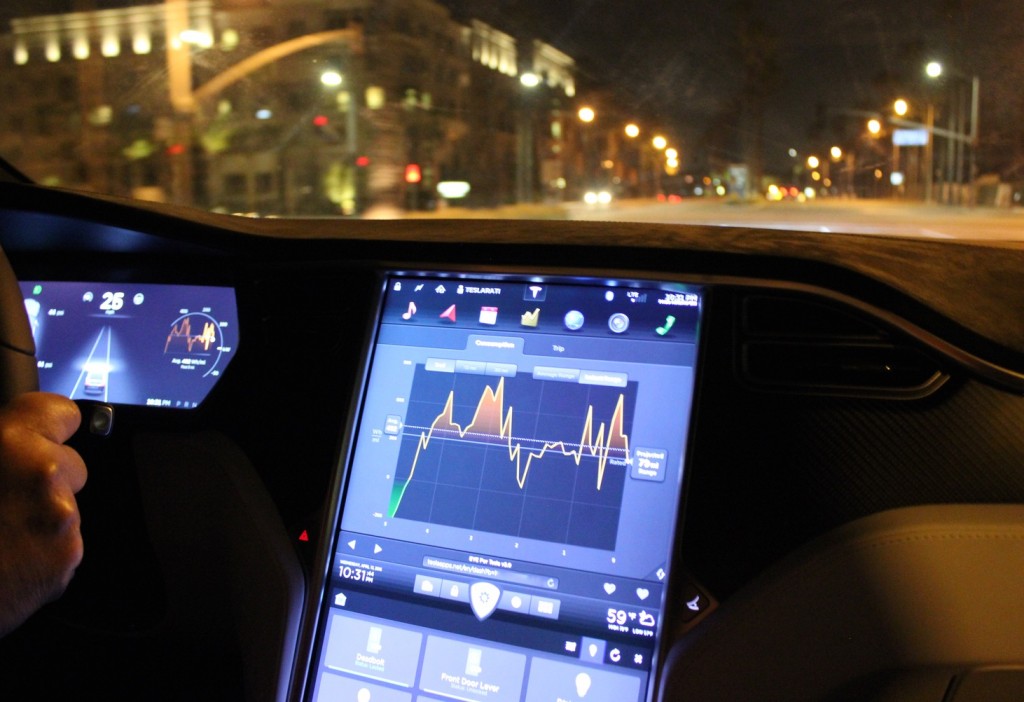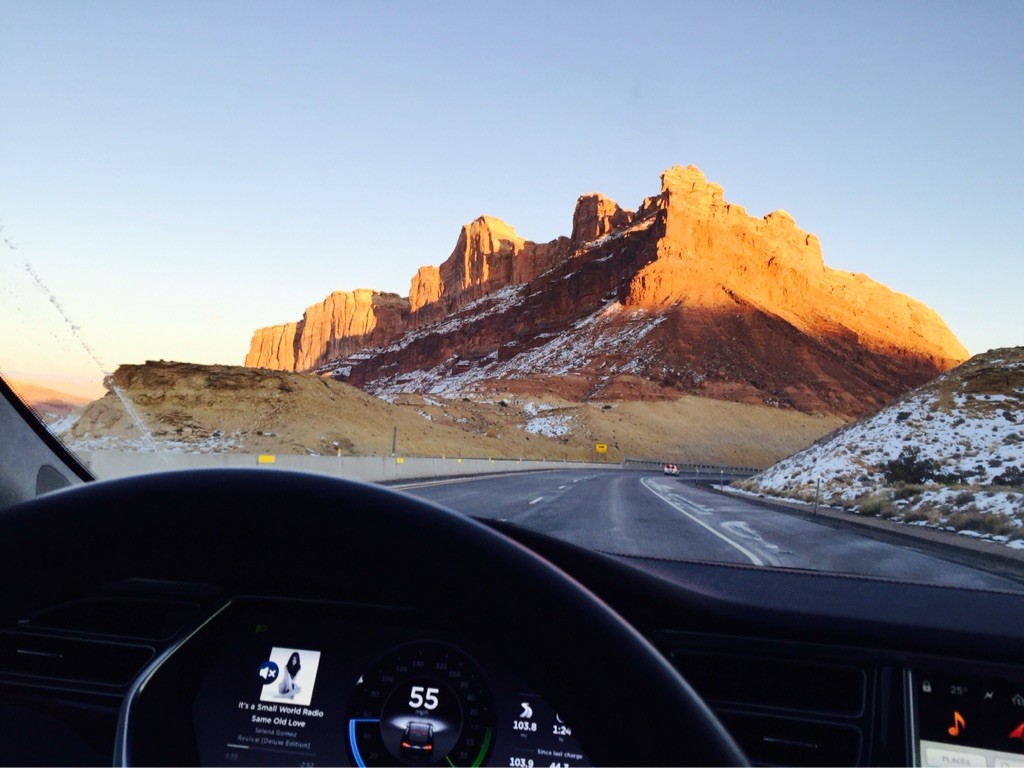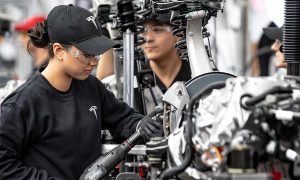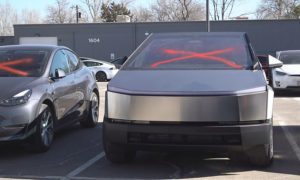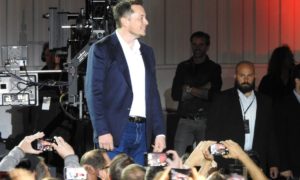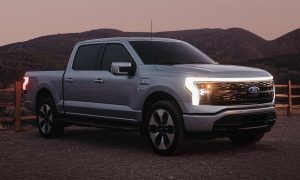News
How Tesla capitalizes on four components of great consumer experience
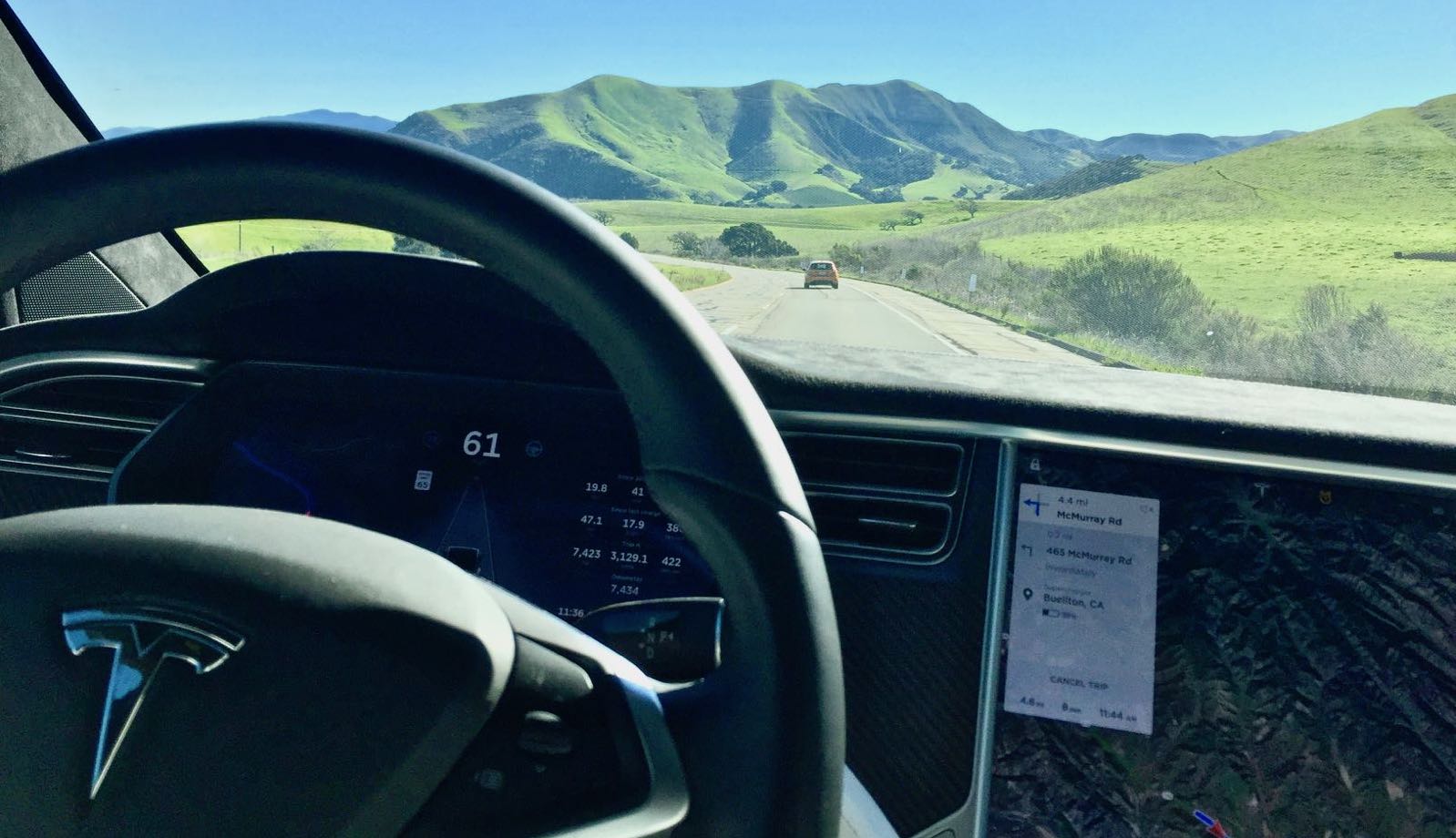
Tesla may have the edge over other automakers as they make the transition to autonomous vehicles, machine learning, and cloud-based engineering. That’s because Tesla doesn’t sacrifice the thrill of driving for the ease and entertainment of mobility technology.
A new study by Group XP indicates that automakers may be failing to maintain relevance as consumer expectations turn to constant influxes of fresh engagement moments. The report, which was produced by a partnership among Brand Union, FITCH, SET, and SET Live, explores innovations in design, connectivity, and service as the key imperatives that prompt success for mobility brands. The consulting group says that consumers today feel that their lives are defined by experiences, and now, more than ever in our consumer-driven society, people are as demanding of an experience as they are of a purchase.
Businesses that have responded to this shift in expectation are flourishing, and automakers who fail to produce a vehicle that helps consumers “completely re-imagine the process of how we get from A to B” may fall significantly behind in the industry. With cars projected to transform “from being single-serving modes of transport into hyper-customizable, seamless extensions of living space,” an automaker like Tesla has been well ahead of others with its all-electric car’s visual appeal, the company’s fervent fanbase, the records for performance and quality, and for technology innovations like the Autopilot function.
How does Tesla perform according to four components of great experience brands?
The Group XP Experience Index ranks what has been called the most important marketing metric going forward: Share of Experience. Let’s see how Tesla performs.
They must stand for something unique. Tesla has never been just a carmaker, and its broad business goals make it stand apart from other automakers. The company will “build the machines that build the machine” through Gigafactory 1 in Nevada. It is a company that also builds Supercharger networks, solar roofs, battery packs for residences and businesses, and maybe even tunnel boring. No other automaker has the extensive business outreach of Tesla.
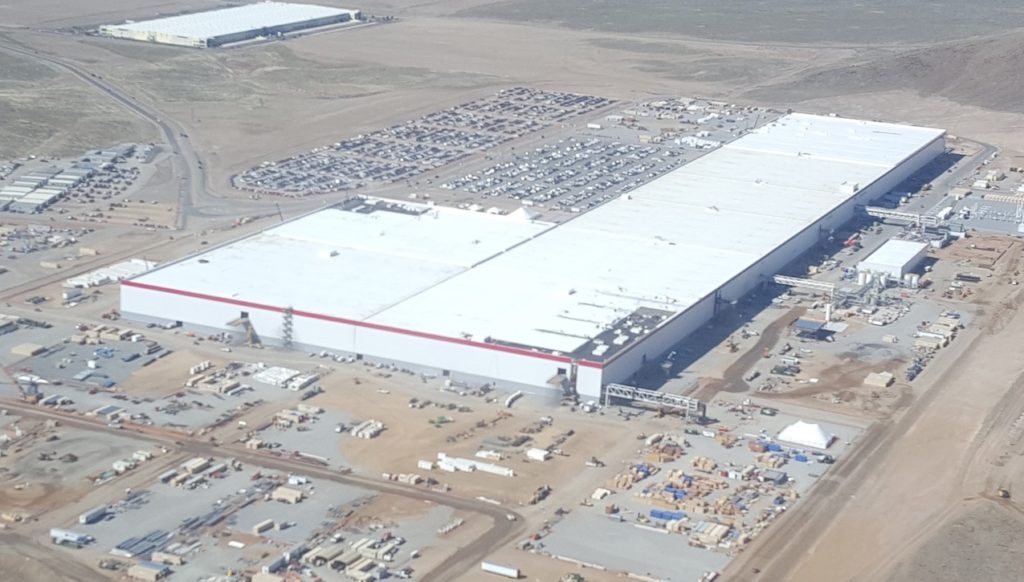
Aerial photos of Gigafactory 1 from March, 2017 reveal newly completed sections
They must deliver on our most important needs. In our high tech and often stress-filled society, people crave reliability and simplicity alongside careful construction and design. Consumers want to turn to a company that has mastered faultless execution to become a default platform brand that inspires and returns trust. Tesla knows and respects the needs of its customers and creates relationships that are amazingly personal for such a huge company. Part of that relationship-building comes from delivering a product that is exceptional in the marketplace and assertively visionary. It also offers a car that retains the traditional desired elements of suspension, acceleration, and torque.
They must provide us with exemplary content. Tesla’s user interface revolutionized the way that drivers interact with an automobile. Instead of a traditional reliance on analog buttons and switches, Tesla has provided its customers with an incredibly different interior design. Their approach has had a disruptive influence on the auto industry. The 17″ center stack touchscreen, “Easter eggs” that spark curiosity, an operating system that gets frequent wireless updates, frequently upgraded Autopilot system: all provide Tesla customers with a level of content they’ve come to expect from their smartphones.
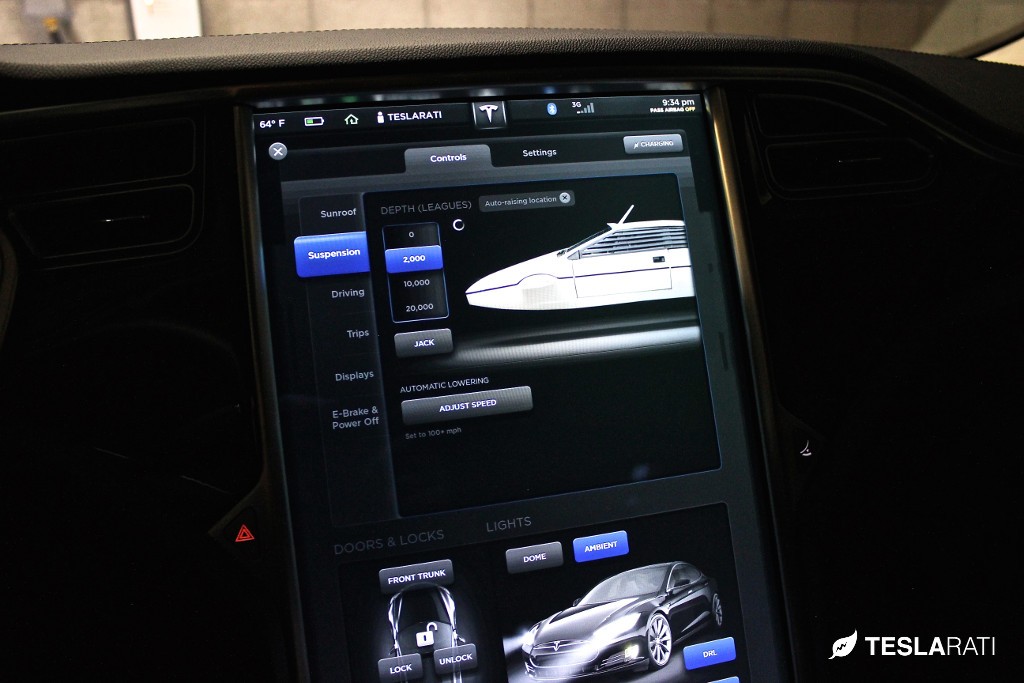
Tesla Easter Egg transforms the vehicle into the James Bond 007 Submarine
They must utilize a higher brand purpose to make all of our future lives better. The overarching purpose of Tesla has always been to “help expedite the move from a mine-and-burn hydrocarbon economy towards a solar electric economy” as a primary sustainable solution to the planet’s warming. A Tesla driver who travels less than 350 miles per week is “energy positive” with respect to personal transportation, actually putting more energy back into the system than is consumed in transportation. Tesla co-markets sustainable energy products from other companies along with their car. All of these and more create a company who business model exceeds profitability and will have a lasting impact on our world.
As transportation becomes less intrusive, some automotive brands risk innovating themselves out of the brand equity due to their inability to meet the four elements of shared experience that today’s customers expect. Tesla, instead of adapting a metal exterior to a series of tech applications, has integrated sustainability into performance and identity. It’s an equation that other automakers are hurrying to emulate.
Elon Musk
Tesla analysts believe Musk and Trump feud will pass
Tesla CEO Elon Musk and U.S. President Donald Trump’s feud shall pass, several bulls say.

Tesla analysts are breaking down the current feud between CEO Elon Musk and U.S. President Donald Trump, as the two continue to disagree on the “Big Beautiful Bill” and its impact on the country’s national debt.
Musk, who headed the Department of Government Efficiency (DOGE) under the Trump Administration, left his post in May. Soon thereafter, he and President Trump entered a very public and verbal disagreement, where things turned sour. They reconciled to an extent, and things seemed to be in the past.
However, the second disagreement between the two started on Monday, as Musk continued to push back on the “Big Beautiful Bill” that the Trump administration is attempting to sign into law. It would, by Musk’s estimation, increase spending and reverse the work DOGE did to trim the deficit.
Every member of Congress who campaigned on reducing government spending and then immediately voted for the biggest debt increase in history should hang their head in shame!
And they will lose their primary next year if it is the last thing I do on this Earth.
— Elon Musk (@elonmusk) June 30, 2025
President Trump has hinted that DOGE could be “the monster” that “eats Elon,” threatening to end the subsidies that SpaceX and Tesla receive. Musk has not been opposed to ending government subsidies for companies, including his own, as long as they are all abolished.
How Tesla could benefit from the ‘Big Beautiful Bill’ that axes EV subsidies
Despite this contentious back-and-forth between the two, analysts are sharing their opinions now, and a few of the more bullish Tesla observers are convinced that this feud will pass, Trump and Musk will resolve their differences as they have before, and things will return to normal.
ARK Invest’s Cathie Wood said this morning that the feud between Musk and Trump is another example of “this too shall pass:”
BREAKING: CATHIE WOOD SAYS — ELON AND TRUMP FEUD “WILL PASS” 👀 $TSLA
She remains bullish ! pic.twitter.com/w5rW2gfCkx
— TheSonOfWalkley (@TheSonOfWalkley) July 1, 2025
Additionally, Wedbush’s Dan Ives, in a note to investors this morning, said that the situation “will settle:”
“We believe this situation will settle and at the end of the day Musk needs Trump and Trump needs Musk given the AI Arms Race going on between the US and China. The jabs between Musk and Trump will continue as the Budget rolls through Congress but Tesla investors want Musk to focus on driving Tesla and stop this political angle…which has turned into a life of its own in a roller coaster ride since the November elections.”
Tesla shares are down about 5 percent at 3:10 p.m. on the East Coast.
Elon Musk
Tesla scrambles after Musk sidekick exit, CEO takes over sales
Tesla CEO Elon Musk is reportedly overseeing sales in North America and Europe, Bloomberg reports.

Tesla scrambled its executives around following the exit of CEO Elon Musk’s sidekick last week, Omead Afshar. Afshar was relieved of his duties as Head of Sales for both North America and Europe.
Bloomberg is reporting that Musk is now overseeing both regions for sales, according to sources familiar with the matter. Afshar left the company last week, likely due to slow sales in both markets, ending a seven-year term with the electric automaker.
Tesla’s Omead Afshar, known as Elon Musk’s right-hand man, leaves company: reports
Afshar was promoted to the role late last year as Musk was becoming more involved in the road to the White House with President Donald Trump.
Afshar, whose LinkedIn account stated he was working within the “Office of the CEO,” was known as Musk’s right-hand man for years.
Additionally, Tom Zhu, currently the Senior Vice President of Automotive at Tesla, will oversee sales in Asia, according to the report.
It is a scramble by Tesla to get the company’s proven executives over the pain points the automaker has found halfway through the year. Sales are looking to be close to the 1.8 million vehicles the company delivered in both of the past two years.
Tesla is pivoting to pay more attention to the struggling automotive sales that it has felt over the past six months. Although it is still performing well and is the best-selling EV maker by a long way, it is struggling to find growth despite redesigning its vehicles and launching new tech and improvements within them.
The company is also looking to focus more on its deployment of autonomous tech, especially as it recently launched its Robotaxi platform in Austin just over a week ago.
However, while this is the long-term catalyst for Tesla, sales still need some work, and it appears the company’s strategy is to put its biggest guns on its biggest problems.
News
Tesla upgrades Model 3 and Model Y in China, hikes price for long-range sedan
Tesla’s long-range Model 3 now comes with a higher CLTC-rated range of 753 km (468 miles).
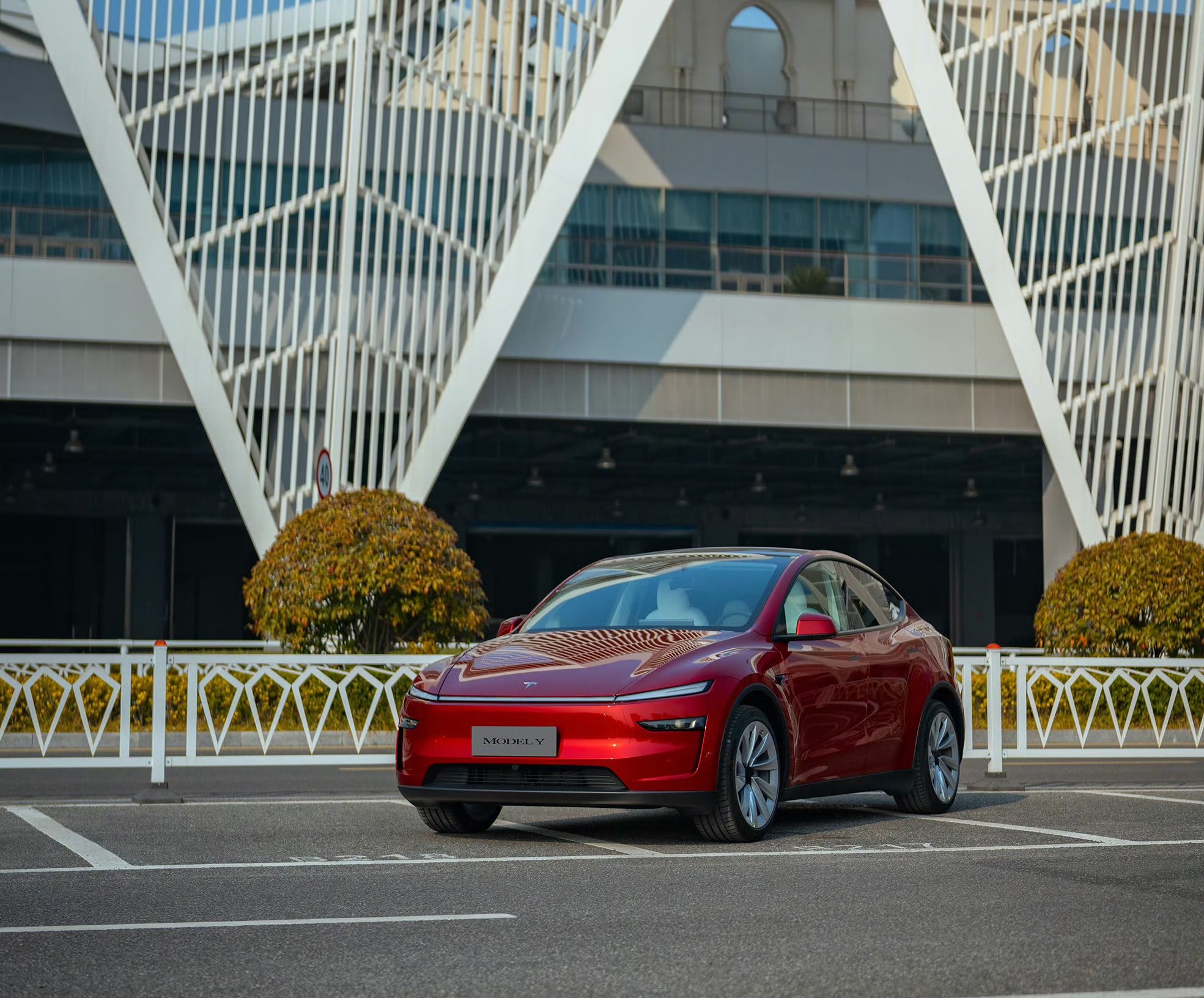
Tesla has rolled out a series of quiet upgrades to its Model 3 and Model Y in China, enhancing range and performance for long-range variants. The updates come with a price hike for the Model 3 Long Range All-Wheel Drive, which now costs RMB 285,500 (about $39,300), up RMB 10,000 ($1,400) from the previous price.
Model 3 gets acceleration boost, extended range
Tesla’s long-range Model 3 now comes with a higher CLTC-rated range of 753 km (468 miles), up from 713 km (443 miles), and a faster 0–100 km/h acceleration time of 3.8 seconds, down from 4.4 seconds. These changes suggest that Tesla has bundled the previously optional Acceleration Boost for the Model 3, once priced at RMB 14,100 ($1,968), as a standard feature.
Delivery wait times for the long-range Model 3 have also been shortened, from 3–5 weeks to just 1–3 weeks, as per CNEV Post. No changes were made to the entry-level RWD or Performance versions, which retain their RMB 235,500 and RMB 339,500 price points, respectively. Wait times for those trims also remain at 1–3 weeks and 8–10 weeks.
Model Y range increases, pricing holds steady
The Model Y Long Range has also seen its CLTC-rated range increase from 719 km (447 miles) to 750 km (466 miles), though its price remains unchanged at RMB 313,500 ($43,759). The model maintains a 0–100 km/h time of 4.3 seconds.
Tesla also updated delivery times for the Model Y lineup. The Long Range variant now shows a wait time of 1–3 weeks, an improvement from the previous 3–5 weeks. The entry-level RWD version maintained its starting price of RMB 263,500, though its delivery window is now shorter at 2–4 weeks.
Tesla continues to offer several purchase incentives in China, including an RMB 8,000 discount for select paint options, an RMB 8,000 insurance subsidy, and five years of interest-free financing for eligible variants.
-

 Elon Musk1 day ago
Elon Musk1 day agoTesla investors will be shocked by Jim Cramer’s latest assessment
-

 News6 days ago
News6 days agoTesla Robotaxi’s biggest challenge seems to be this one thing
-

 News2 weeks ago
News2 weeks agoTesla’s Grok integration will be more realistic with this cool feature
-

 Elon Musk2 weeks ago
Elon Musk2 weeks agoElon Musk slams Bloomberg’s shocking xAI cash burn claims
-

 News2 weeks ago
News2 weeks agoTesla China roars back with highest vehicle registrations this Q2 so far
-

 News2 weeks ago
News2 weeks agoTexas lawmakers urge Tesla to delay Austin robotaxi launch to September
-

 News2 weeks ago
News2 weeks agoTesla dominates Cars.com’s Made in America Index with clean sweep
-

 Elon Musk1 week ago
Elon Musk1 week agoFirst Look at Tesla’s Robotaxi App: features, design, and more

